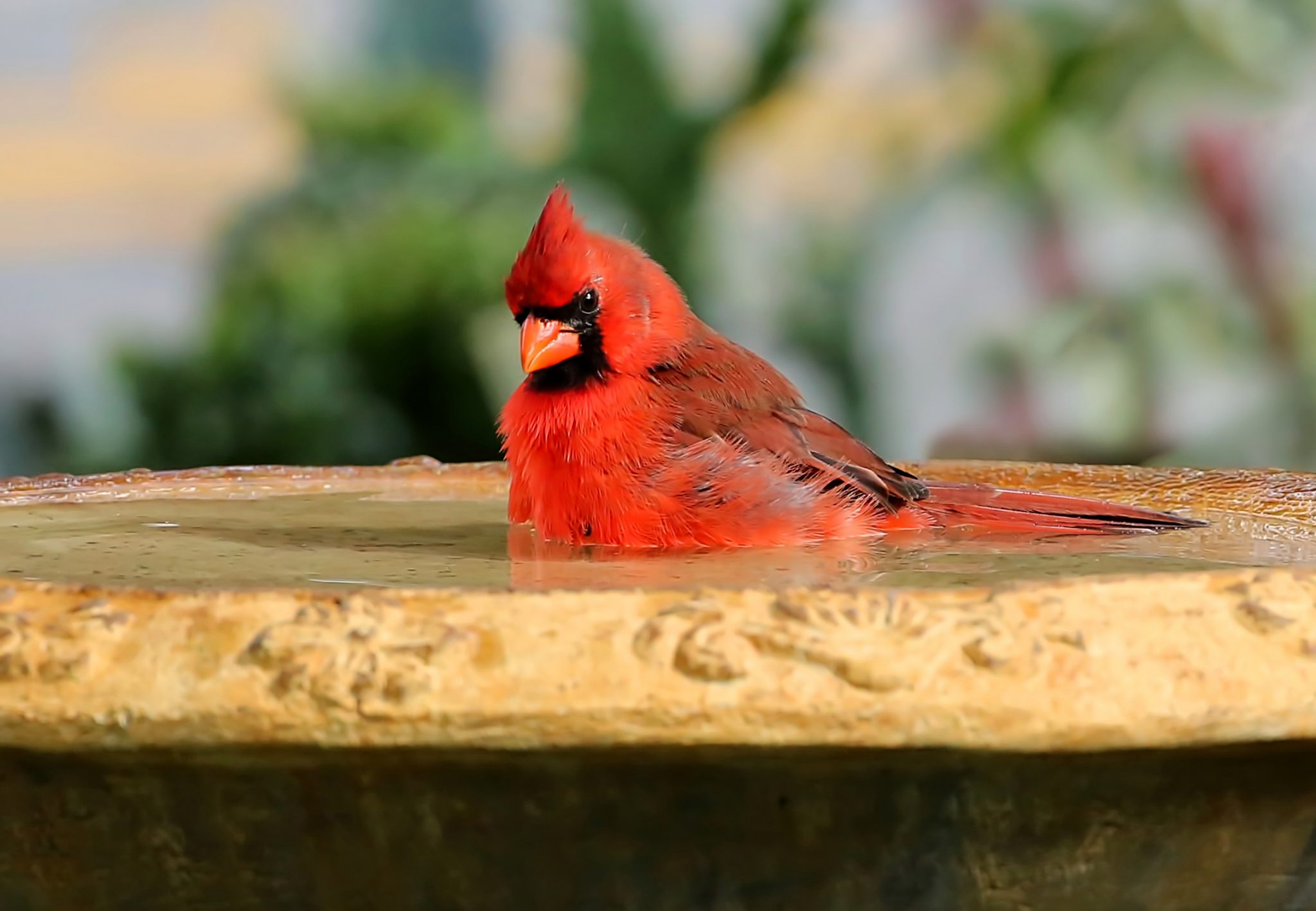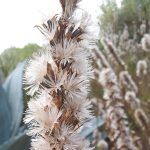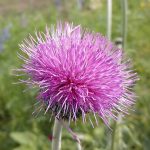Add living color to your winter garden with a little splash of water.
It’s no secret that birds fly south for the winter, but just how far south do they go? Mexico, Central and South America are common winter retreats for some. But for a wide variety of species, mild-wintered San Antonio is south enough.
Roving flocks of warblers, vireos, sparrows, waxwings, wrens, kinglets and more join our year-round residents like cardinals, jays, chickadees and titmice in calling San Antonio and the Hill Country their winter retreat.
And while bird feeders with seed and suet do a fine job of attracting an assortment of species to your landscape, some birds simply aren’t interested in such fare. Luckily, there is another way: water!
All animals need H2O, and birds are no exception. In fact, you might be startled to peak out your window and see birds not just drinking but even bathing in surprisingly frigid temperatures.
While the exact science is still open for debate, many believe birds bathe so religiously — even in cold weather — because it helps keep their feathers clean and oils evenly distributed. Having clean, tidy and well-oiled feathers helps a bird fly faster with more agility, an important asset when dangerous hawks and other predators may be lurking nearby. It also helps more efficiently trap and hold pockets of air around the bird’s body, providing layers of insulation from the cold.

By adding a simple bird bath or shallow water feature to your garden, you are creating an important resource for our resident and visiting bird species. Species you may not see in your garden otherwise — like insect-eating warblers — will readily drop in for a bath given the opportunity.
However, not all bird baths are created equal. Remember, shallow is better. The deepest point should be a couple of inches or less. Adding a bit of gravel or textured rocks to the bird bath will also provide better footing for the birds.
Movement through the use of a small recirculating pump will help birds hear and hone in on the water. Perhaps most important is to simply keep it clean. Depending on how often birds use it, rinsing, scrubbing and refilling regularly will help keep your birds healthy, happy and coming back for more.
The ideal placement will be somewhere the water can be warmed by the winter sun, but close enough to brush or vegetation the birds can readily emerge from or retreat to should they need a quick escape.
Of course, don’t forget to find a place where you can comfortably sit back and enjoy watching as your feathered friends flit to and from their new bird bath on a cold winter’s day!




